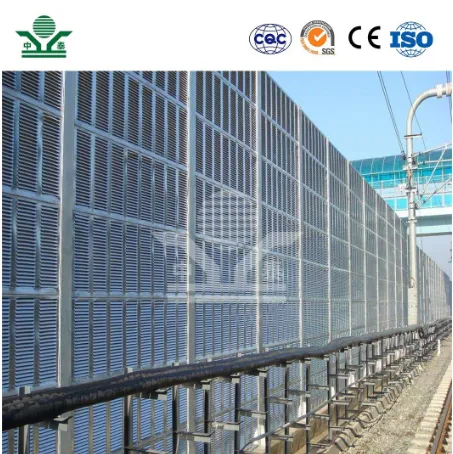Understanding Mezzanine Grating An Essential Component in Architectural Design
Mezzanine grating refers to a specific type of flooring system often utilized in mezzanine structures, which are intermediate levels built within a building. These levels are typically designed to maximize space and enhance functionality without the need for extensive construction. Understanding mezzanine grating is vital for architects, builders, and property owners looking to improve their space efficiently.
One of the primary reasons mezzanine levels and their accompanying grating systems are so valuable is their ability to provide additional usable space in a building. Whether in warehouses, retail environments, or industrial facilities, mezzanines can significantly increase an area’s storage capacity or create new retail spaces. The grating used in these systems lends itself to various applications, balancing structural integrity with aesthetic appeal.
Mezzanine grating typically comes in a variety of materials, such as steel, aluminum, or fiberglass, depending on the specific needs and functions of the space. Steel grating, for instance, is favored in industrial settings due to its strength and durability, making it ideal for heavy loads and high foot traffic. Aluminum offers a lightweight alternative that is often used in commercial settings and is highly resistant to corrosion, making it suitable for environments with moisture or exposure to chemicals. Fiberglass grating, on the other hand, is valued for its non-conductive properties and resistance to various environmental factors, making it perfect for areas that require electrical insulation.
mezzanine grating

The design and configuration of mezzanine grating are crucial in ensuring safety and efficiency
. Grating typically consists of a series of parallel bars that create an open grid design, allowing for the drainage of liquids and minimizing the accumulation of debris. This open design promotes airflow and visibility, which can enhance overall safety in industrial or commercial settings. The spacing of the grating must also comply with building codes and regulations to ensure that it can support the intended load without compromising safety.An essential consideration in the installation of mezzanine grating is its compliance with local building codes and regulations. These standards dictate the strength, load-bearing capacity, and safety of the grating systems. Ensuring compliance not only guarantees the safety of users but also protects property owners from potential legal issues. It is advisable to engage with professionals who have expertise in building regulations to guide the design and installation of mezzanine grating.
Moreover, mezzanine grating systems can be designed to accommodate various aesthetic preferences. While functionality and safety are paramount, the visual appeal of a space cannot be overlooked. Modern grating options can incorporate various finishes and colors to align with the overall design theme of the building. This versatility allows builders and designers to create visually appealing spaces that enhance the user experience.
In conclusion, mezzanine grating serves as a fundamental element in the construction of mezzanine levels, contributing to space optimization, safety, and aesthetics. With a variety of materials and designs available, it is essential for architects and builders to choose the right grating system that not only meets the functional needs of the building but also complies with necessary regulations. By understanding the intricacies of mezzanine grating, stakeholders can make informed decisions that lead to effective and safe architectural solutions.
-
Why Galvanized Trench Cover Steel Grating Resists Corrosion
NewsJul.10,2025
-
The Versatility and Strength of Stainless Expanded Metal Mesh
NewsJul.10,2025
-
Load Calculations in Steel Grating Platforms
NewsJul.10,2025
-
Keeping Pets and Kids Safe with Chicken Wire Deck Railing
NewsJul.10,2025
-
Hole Diameter and Pitch for Round Perforated Metal Sheets
NewsJul.10,2025
-
Aluminium Diamond Mesh in Modern Architecture
NewsJul.10,2025
Subscribe now!
Stay up to date with the latest on Fry Steeland industry news.

